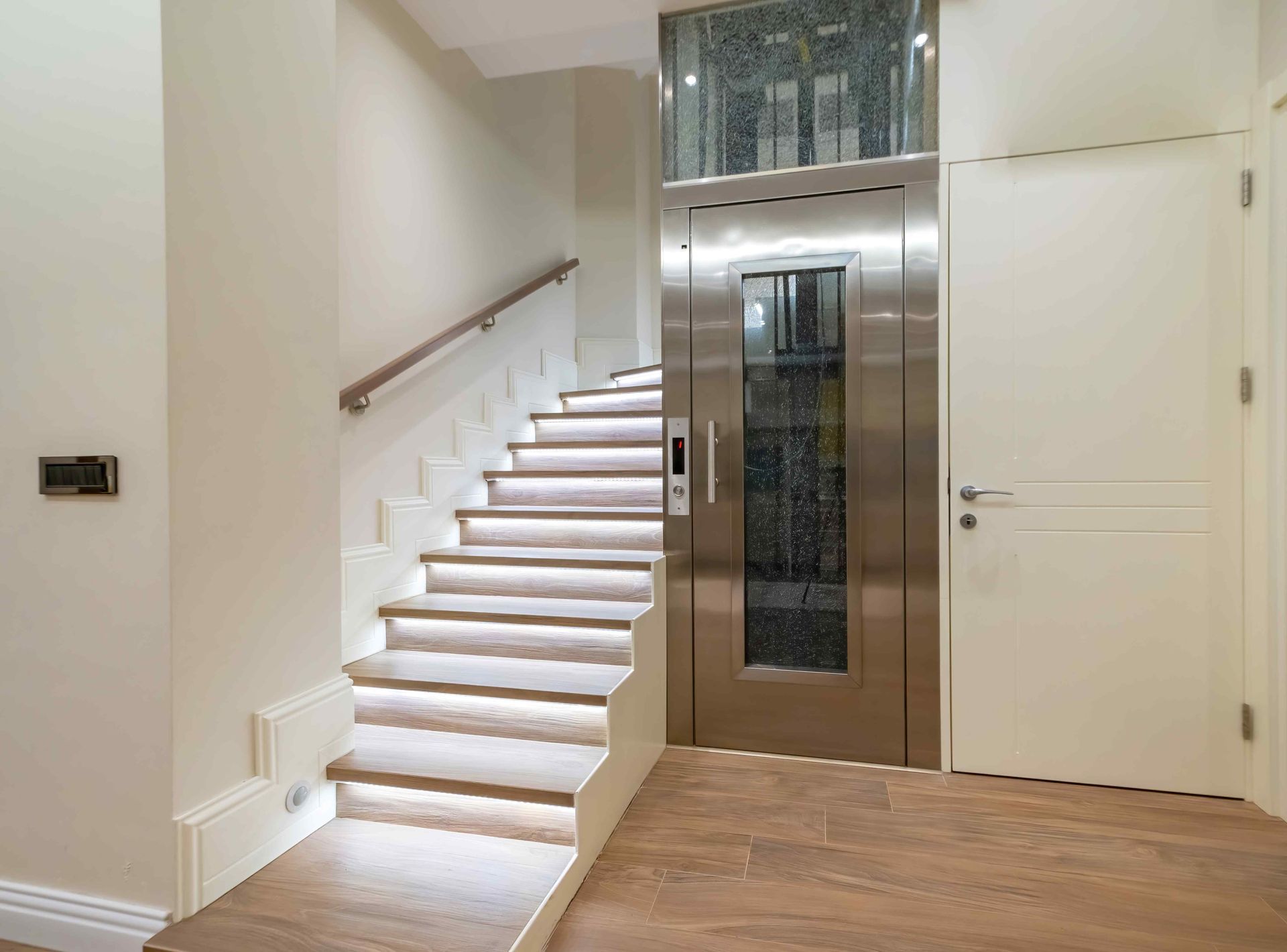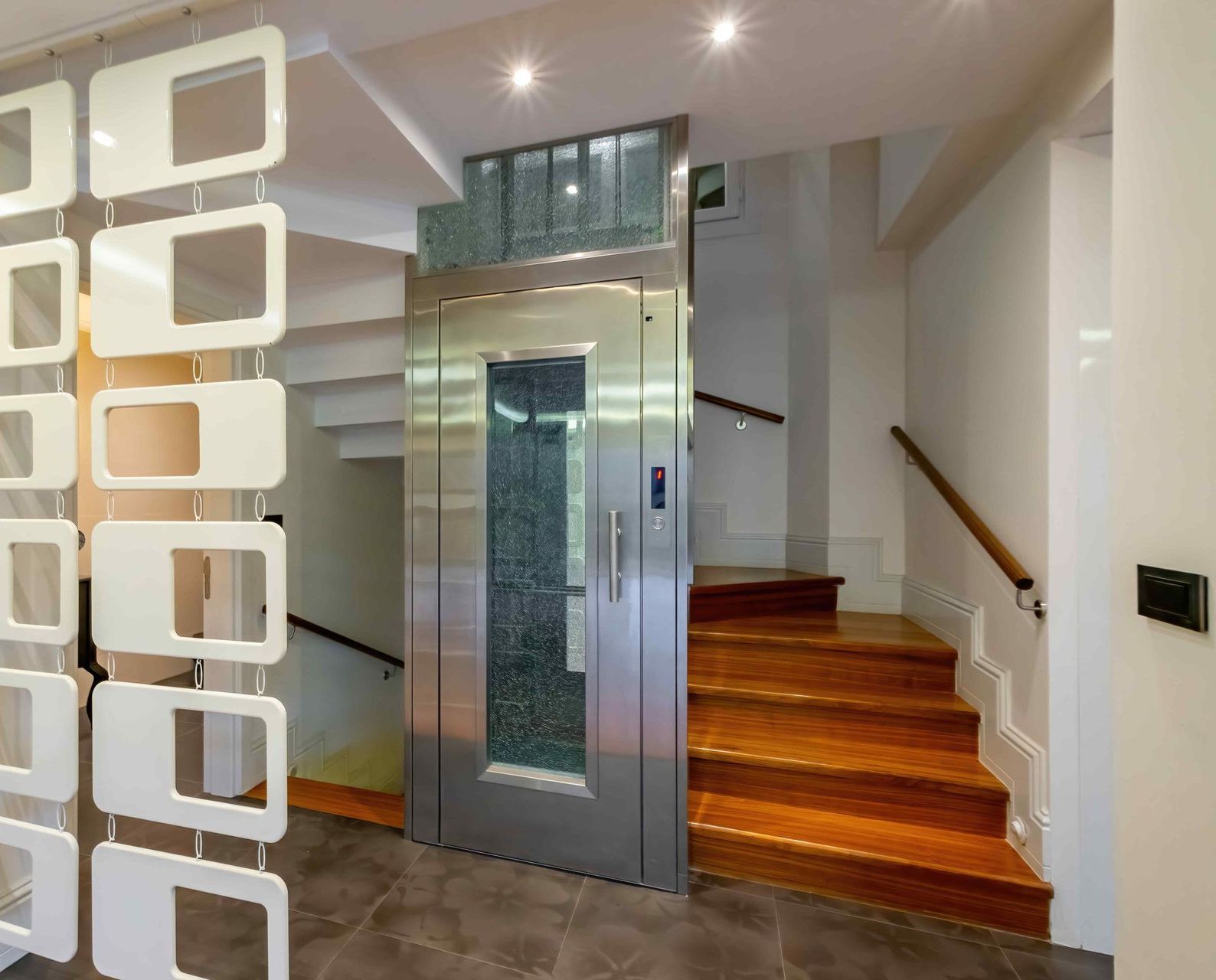Get An Instant Quote
Arch Landscaping Architects Lead Form
We will get back to you as soon as possible.
Please try again later.
The Ultimate Guide to Choosing the Right Elevator Design for Your Home
The Rise of Residential Elevators
As homes evolve to cater to the diverse needs of their inhabitants, home elevators have become more than just a luxury – they’re an essential component of many modern homes. But with various designs, technologies, and aesthetic choices available, how does one select the perfect elevator?
This guide will walk you through every step, ensuring your choice not only complements your home’s design but also serves its functional purposes flawlessly.

1. Understand Your Primary Needs
Before diving into aesthetics, it’s crucial to identify your elevator’s primary purpose.
Are you:
- Catering to an elderly family member’s mobility needs?
- Looking for easier ways to move between floors?
- Enhancing property value with a luxury feature?
By defining your goals, you can ensure that function meets fashion seamlessly.
2. Know the Different Types of Elevators
Broadly, home elevators fall into three categories:
- Hydraulic Elevators: Known for smooth rides. They use a hydraulic piston and require a separate machine room.
- Traction Elevators: Use a counterweight system, offering energy efficiency. They’re ideal for taller homes and don’t require a machine room.
- Pneumatic Elevators: Use vacuum technology and are space-savers with a sleek, modern look.
Each type has its pros and cons, so weigh them based on your home’s structure and your preferences.
3. Space & Location Considerations
Where you place your elevator can significantly influence its design.
Consider:
- Existing Structure: Retrofitting an elevator can be more challenging than integrating one during initial construction.
- Space Constraints: Not all homes can accommodate large elevators. Assess available space and plan accordingly.
- Views & Aesthetics: Positioning your elevator near external walls can allow for panoramic views if you opt for a glass design.
4. Dive into Design Aesthetics
After understanding the basics, it’s time to dive into design.
Here’s what you need to consider:
- Material: From sleek glass to luxurious wood, your choice of material can dramatically change your elevator’s look and feel.
- Lighting: Soft, ambient lighting can enhance the elevator’s interiors, making rides pleasant.
- Doors: Sliding or swing doors? Your choice can affect both aesthetics and space.
- Finishes: A matte finish might give a modern look, while glossy could lend a touch of luxury.
5. Safety Should Never be Compromised
Your elevator’s design should never compromise its safety.
Ensure:
- Emergency backup systems are in place.
- There’s an alarm system and phone or communication device inside.
- Regular maintenance checks are possible without disrupting home aesthetics.
6. Customization: Making Your Elevator Unique
For homeowners looking to make a statement, customization offers an avenue to create a unique elevator experience. From bespoke materials to tailored lighting schemes and even integrating smart home systems, the sky’s the limit.
7. Futureproofing: Think Ahead
Your elevator should cater to potential future needs.
Think about:
- Capacity: Will you require more weight capacity in the future?
- Energy Efficiency: Elevators that conserve energy can save significant costs in the long run.
- Tech Upgrades: Opt for a design that can be easily updated as technology advances.
8. Cost Implications
A home elevator is a significant investment. While you shouldn’t compromise on essential features, it’s worth considering how each design choice affects the overall cost.
9. Maintenance and Upkeep
While design is vital, your elevator’s longevity is equally crucial. Choose materials and designs that are durable and require minimal maintenance. Furthermore, ensure that the design allows for easy access to critical components for regular checks.
10. Review and Test Before Finalizing
Before finalizing your elevator’s design, it’s advisable to:
- Visit showrooms to get a tangible feel.
- Speak to homeowners who’ve installed elevators.
- Test ride different models to gauge comfort and noise levels.
11. Local Regulations and Compliance
Different regions have varying safety standards and regulations for residential elevators. Ensure your chosen design complies with these to avoid future complications.
12. Work with Professionals
Engaging with professionals who specialize in home elevators can be invaluable. Their insights can help you avoid common pitfalls and ensure your chosen design aligns perfectly with your home’s aesthetics and structural integrity.
Elevating Home Design to New Heights
A home elevator can be a statement piece, blending functionality with unparalleled style. While the journey to choose the right design might seem overwhelming, by following this guide and collaborating with the right professionals, you can ensure your elevator becomes an integral and cherished part of your home.
Looking to Elevate Your Home?
At Arch Home Elevator Systems, we pride ourselves on merging top-tier technology with aesthetic brilliance. From initial consultations to the final design, our experts are here to guide you every step of the way. Reach out to us today and take the first step towards redefining your home’s luxury.
Get An Estimate Today!
Arch Landscaping Architects Lead Form
We will get back to you as soon as possible.
Please try again later.
Recent Posts


St. Louis, Missouri
Professional Home Elevator & Lift Services
Navigation
Services
Working hours
- Mon - Sat
- -
- Sunday
- Closed
All Rights Reserved | Arch Home Elevator Systems, St. Louis
Powered by: Superlative SEO Solutions
